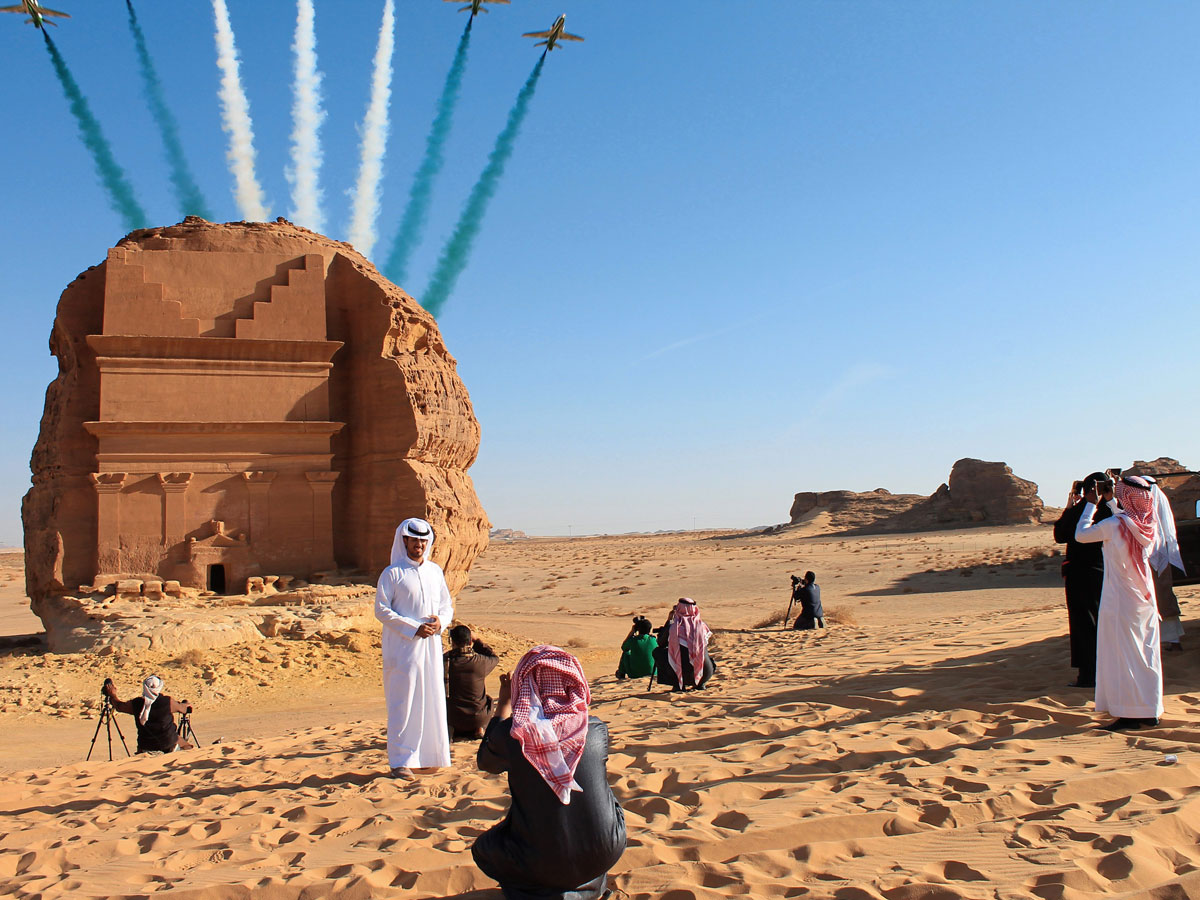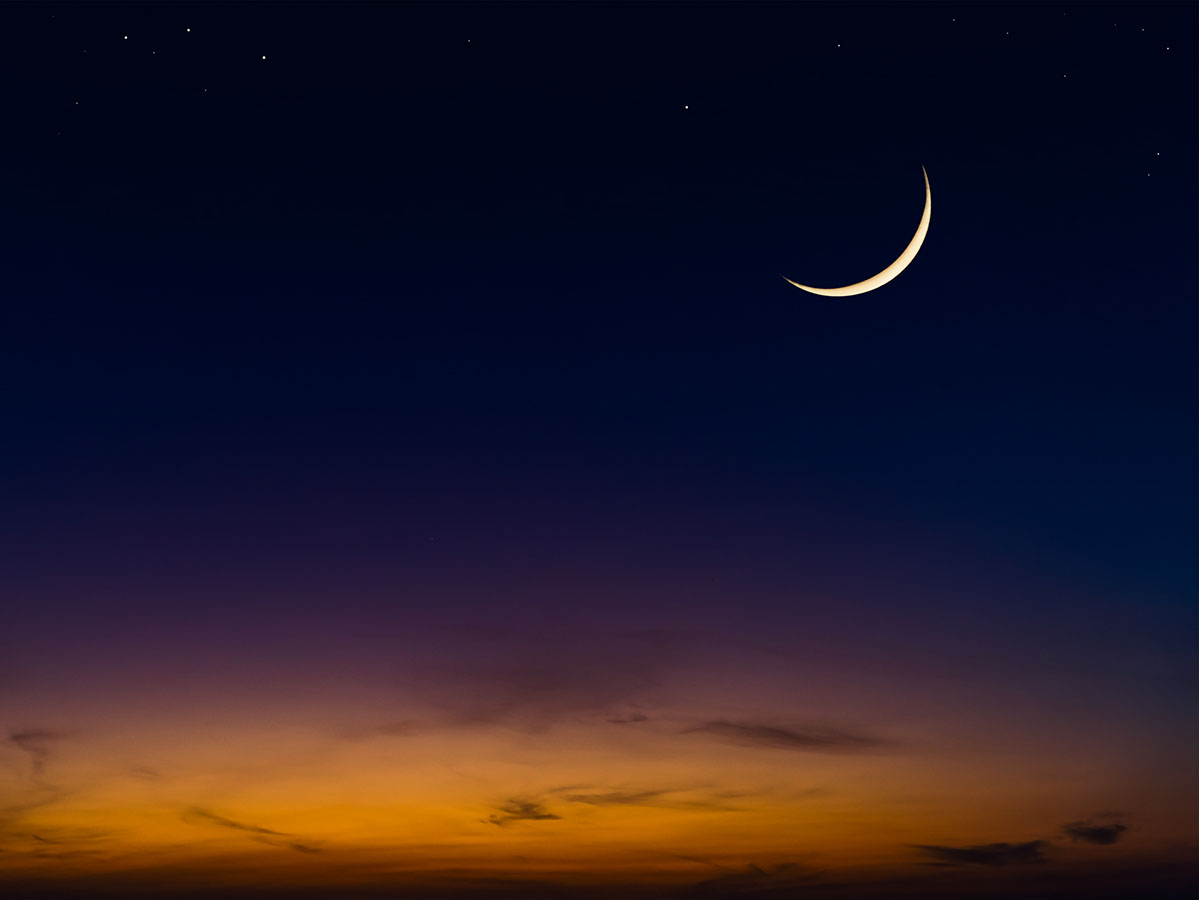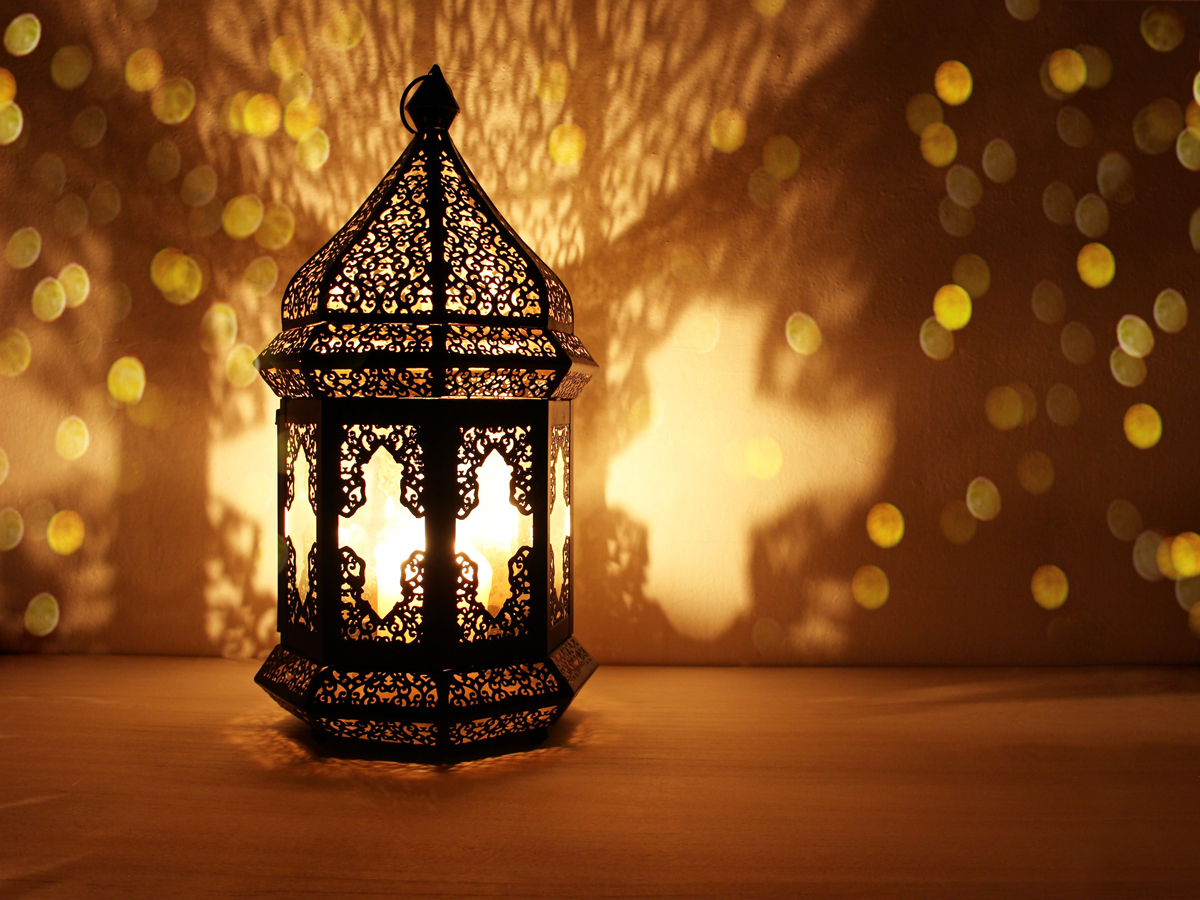When you think of UNESCO World Heritage Sites, the landmarks that come to most people’s minds are the Great Wall of China, Taj Mahal and Tower of London. Now, you can add Saudi Arabia UNESCO World Heritage Sites to that list. There have never been more reasons for tourists to visit the country and residents to get out an explore the nation.
Saudi Arabia’s six historical sights stretch back thousands of years, making this a great holiday for history-lovers. What makes these unique sights, however, is that so few people have visited them. These attractions have largely been closed off to modern civilization, and only recently been rediscovered by travellers. It’s time to come face-to-face with history. Here are the jewels in Saudi Arabia’s crown.
Al Ahsa Oasis

Springs, canals, wells and an impressive 2.3 million date palms make Al Ahsa the largest oasis in the world. The Saudi Arabia UNESCO World Heritage Site has traces of continued human settlement, which date all the way back to the Neolithic period. As you tour the area, you can see remains of fortresses and mosques.
Al Ahsa Oasis has stunning scenery, from undulating sands to glorious greenery. The land was so fertile it became a hub for traders, a stop off point for pilgrims heading to Makkah and was one of the few areas in Saudi Arabia growing rice.
Al Turaif

Diriyah, nicknamed the “Peal of Saudi Arabia”, houses Al Turaif. Al Turaif was originally the capital of Saudi Arabia and seat of power for the Al Saud family. Founded in the 15th century, it was during the 18th and 19th century that it found its mojo and became politically and religiously important. Rich in history, it was once home to Mohammed bin Saud, the founder of the first Saudi state.
The Saudi Arabia UNESCO World Heritage Site and ancient capital gives you an insight into the old Saudi way of life, as you can explore what is essentially a giant open-air museum. Admire the ancient Najdi architecture (usually two storey houses with a central courtyard), as you walk through the labyrinth of old mud houses and alleyways.
Hail

The rock art in the Hail region (including Jabel Umm Sinman at Jubbah and Jabal al-Manjor and Raat at Shuwaymis) is a Saudi Arabia UNESCO World Heritage Site. Spanning 10,000 years of history, the drawings show human and animal figures.
One of the highlights in this rock art is that it is shows the first ever depictions of dogs being walked on leashes. Researchers believe that these are Canaan dogs, due to the pricked ears, short shouts and curled tail.
Hegra

Egypt has the Pyramids of Giza, Jordan has Petra and Saudi Arabia has Hegra. Hegra (also known as Al-Hijr and Madain Saleh) was Saudi Arabia’s first UNESCO World Heritage Site, and dates back to the first century BCE. The impressive structure is now a museum, which is home to more than 100 well preserved tombs and ancient rock art.
Hegra is located in Al Ula, which is one of the oldest cities in the Arabian Peninsula and more than 200,000 years old. Once a thriving trade route with oases, it was the stop off point for tired travellers. What will strike you when you are in Al Ula is the silence – there are no tacky tourist shops and fewer tourists, instead it’s just you and history.
experiencealula.com
Himā Cultural Area

Just when you thought Saudi Arabia impressed the world with its undiscovered UNESCO World Heritage Sites, yet another was added in the summer of 2021. Hima Cultural Area, which was once a popular trading and pilgrimage route, has been given the historical seal of approval.
This rock star heritage site – it has one of the largest collection of rock art in the world – is believed to be more than 7,000 years old and has wells that are 3,000 years old. Imagine Egypt’s hieroglyphics, but Saudi style. The engravings show the lives of the communities and include ancient Arabic script, camels and human figures.
Historical Jeddah’s Al Balad

Jeddah may have its party credentials, but it also has its cultural ones, as its historical neighbourhood Al Balad is a Saudi Arabia UNESCO World Heritage Site. Historical Jeddah, the Gate to Makkah, is home to multicultural visitors and residents, but still retains its charm via its crumbling developments and maze-like streets.
Since the 7th century AD, it was the Amazon of its time and had established itself as a major port for the Indian Oceans trading routes. Situated on the eastern shore of the Red Sea, it remains a popular route for traders and pilgrims. And, as it is the gateway to Makkah, it has always held economic and religious significance.
For more brilliant cultural experiences right here in Riyadh, click here.
For more iconic attractions in the Saudi capital, click here.









